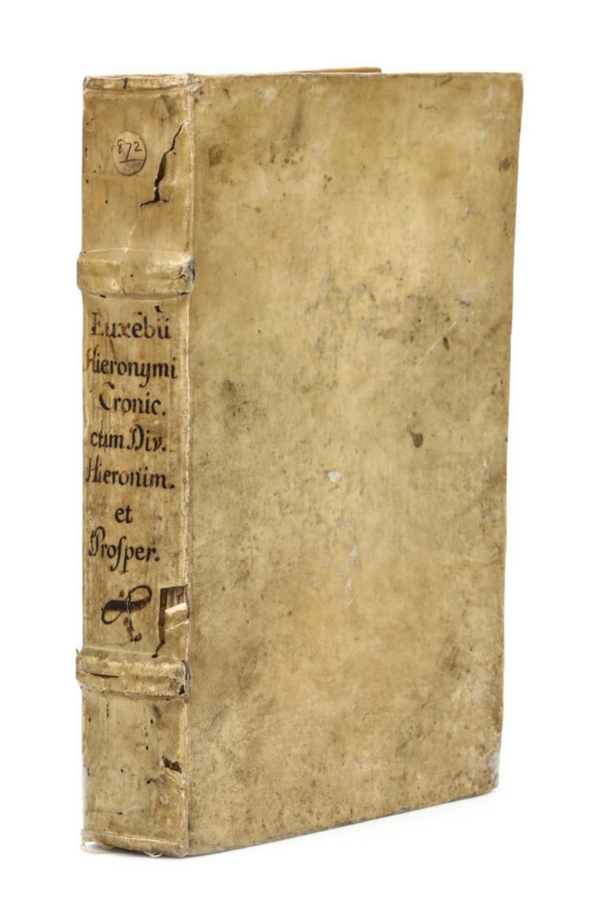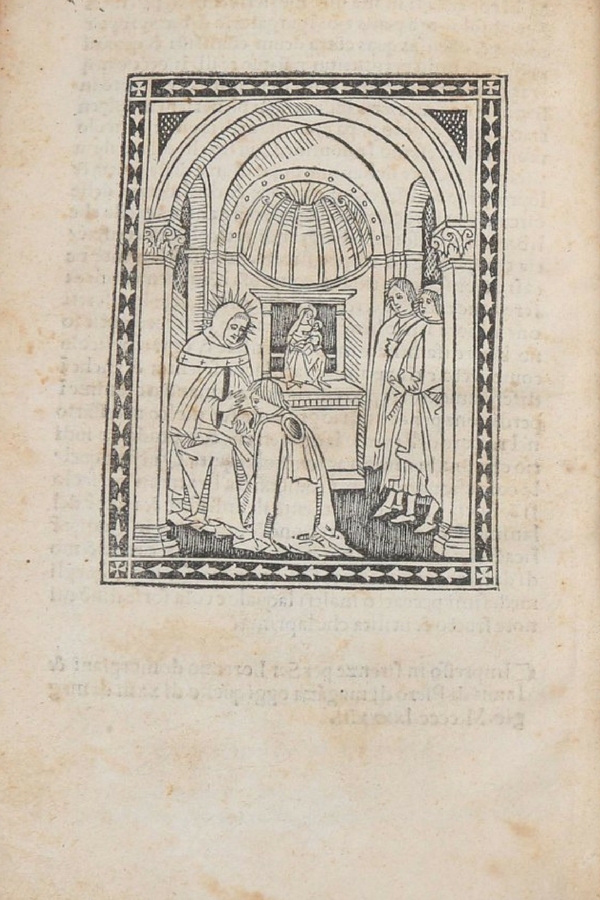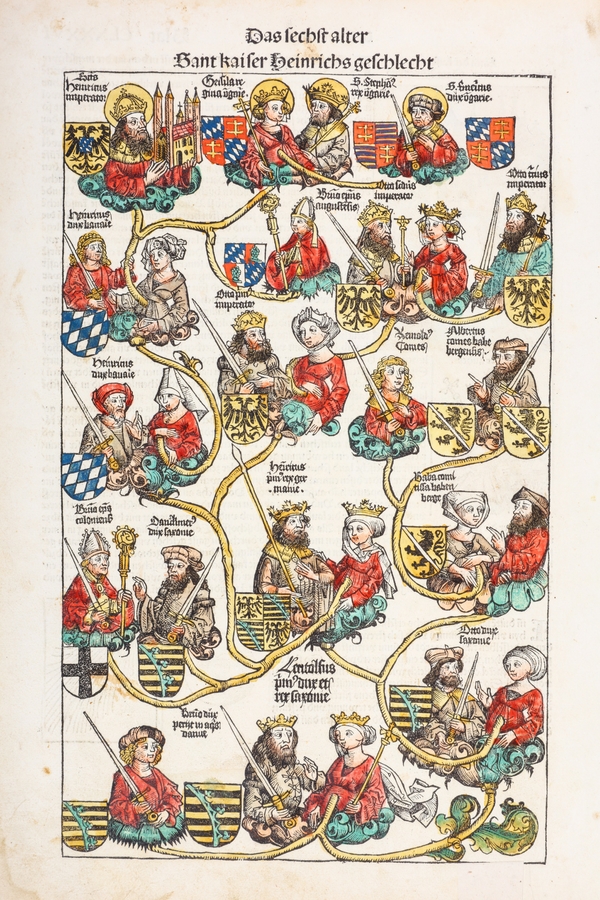Collector’s Guide: Incunabula and the Infancy of Printing
The world of rare books offers many fascinating areas for collectors, but few are as historically significant or visually striking as incunabula. These are books printed during the earliest days of the printing press, specifically before the year 1501, and they mark the transition from handwritten manuscripts to printed text. For collectors, they represent the very birth of the modern book.
What Are Incunabula?
The word incunabula comes from Latin, meaning 'swaddling clothes' or 'cradle'. It refers to books printed in the West from the invention of moveable type by Johannes Gutenberg around 1455, up to the end of the 15th century. The term was introduced in the 17th century to describe these early printed works, which still resembled manuscripts in layout and style.
The most famous example of an incunabulum is the Gutenberg Bible, printed in Mainz between 1453 and 1455. It was the first substantial book printed with moveable metal type in Europe and marked the beginning of a new age in knowledge sharing.
A Bridge Between Manuscript and Print
Early printers closely followed the manuscript tradition. Text was often laid out in two columns with marginal notes, and many books were designed to be finished by hand with decorative initials and flourishes. Title pages, as we know them today, were not yet standard. Instead, information about the book's production was included at the end in a short paragraph called a colophon.
Some incunabula even included fragments of old manuscripts as part of their bindings or flyleaves. These hybrid features make each example unique and highly interesting from a historical perspective.
Illustration and Craftsmanship
Illustration played a major role in the early development of printed books. Woodcut images were the most common form, as they could be printed at the same time as the text. These hand-carved designs brought scenes to life and added great visual appeal.
One of the finest examples of this is the Nuremberg Chronicle, printed in 1493 by Anton Koberger, godfather of the artist Albrecht Dürer. The book contains over 1800 woodcut illustrations, including portraits, maps, and cityscapes. Copies were printed in both Latin and German editions, and the Chronicle remains one of the most desirable incunabula for collectors due to its ambitious scope and design.
Another notable figure is Jean Gerson, a French scholar whose theological works were printed in multiple cities including Cologne, Nuremberg and Paris. Some editions feature elegant frontispieces and illustrations that show the author as a Christian pilgrim, often depicted with symbolic elements such as a winged heart or a knapsack, reinforcing the allegorical journey of the text.

Collecting and Caring for Incunabula
Many collectors focus on complete books, while others specialise in fragments or single leaves. Due to their age and fragility, incunabula must be cared for properly.
Conservation tips include:
Keep away from direct sunlight and sources of heat
Store in a dry, stable environment with minimal humidity
Avoid attics, basements or areas with frequent temperature fluctuations
Handle gently and consider archival storage solutions for protection
Even individual leaves from incunabula can be valuable and are often collected for their beauty, typographical significance or illustration.
Why Collect Incunabula?
Incunabula offer a tangible connection to a turning point in human history. They are more than old books — they are artefacts from the dawn of print culture, representing the first time ideas, science, religion and literature could be reproduced and shared widely.
Each copy is a survivor of more than 500 years of history and brings with it stories of craftsmanship, intellectual achievement and artistic collaboration. For collectors, they are enduring symbols of the power of the printed word.

Do you have early printed books or incunabula in your collection? Contact our Books & Works on Paper department for a free and confidential valuation. Or simply fill out our Online Valuation form and a specialist will be in touch.